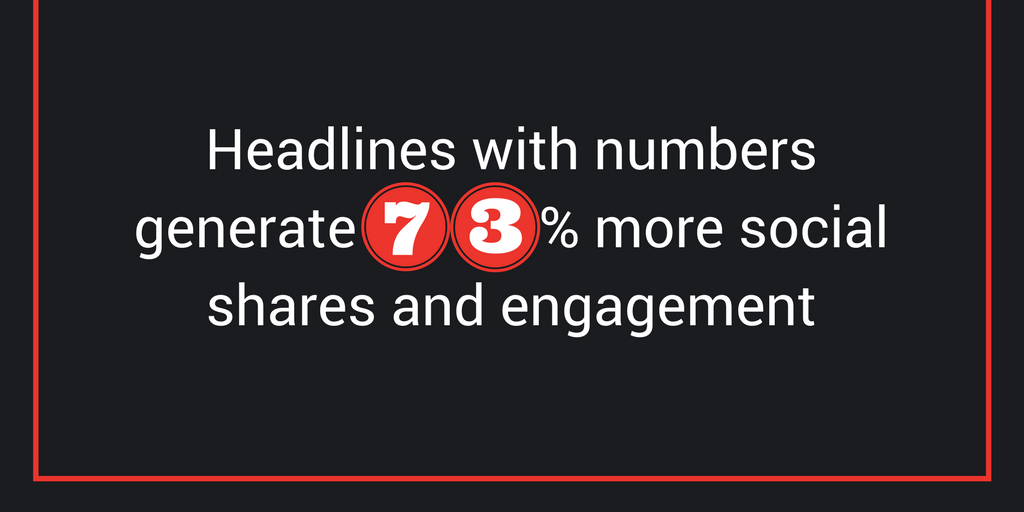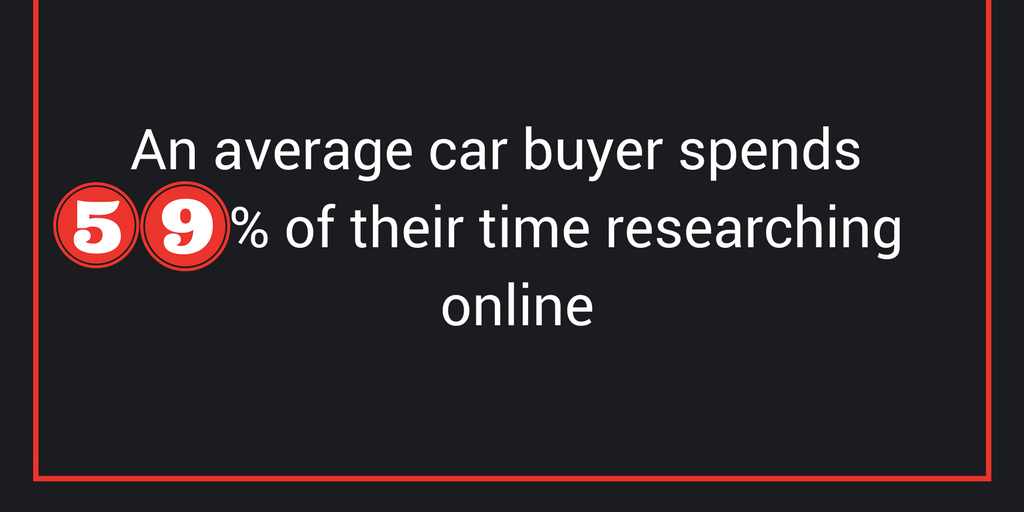Data wins arguments. Not convinced? Consider this scenario: you’re a senior executive at a medium-size company and one of your employees has scheduled a meeting with you. In this meeting, she requests that the company invest in ergonomic workstations. When you ask her why she thinks this is a necessary investment, she tells you that she’s overheard some employees complaining about uncomfortable chairs and body aches.
After this interaction, how likely are you to set aside some of the budget for ergonomic workstations?
Now, what if that meeting went differently? Instead of reporting on overheard office grumbling, your employee reports that:
- 62% of all employees routinely suffer from work-related neck pain
- 44% of all employees suffer from stressed-out eyes
- 30% of all employees suffer from pain in their hands
Furthermore, she goes on to show how certain parts of the budget can be reallocated to cover the expense of ergonomic desks and chairs. How likely are you to purchase the requested workstations now?
Your company’s content writing is an argument for something – whether that argument is why your products and services are valuable or why you’re a trusted industry leader that should be listened to – and data-driven content can help you win that argument.

Data and numbers have the ability to grab your reader’s attention. In fact, 36% of people prefer numeric headlines, and headlines with numbers receive 73% more social shares and overall engagement. Consider the title of this post – did it make you want to click and read more? When a reader is scrolling through his social feed, he’ll be drawn to titles with data, and when he opens the post to find out more, if your content is also backed by data, he’ll be more likely to express further interest in what you have to say.
Here are 5 ways you can use data to boost the performance of your content.
1. Use Data-Backed Content To Build Trust With Readers
We’re living in the Age of the Skeptic. Don’t believe me? According to the Digital News Report from the Reuters Institute for the Study of Journalism, many of the individuals polled reported high levels of skepticism surrounding news and online media in general.
33% of 70,000 consumers polled in 36 different countries stated that they don’t rely on the news to be true.
In this climate of disbelief and distrust, every word you publish is going to be scrutinized and questioned. You can’t simply make claims anymore – they’ll ring hollow. It’s important that your content writers use data to back up assertions. Data points and statistics are neutral – they’re free from personal bias. When expert writers craft data-driven content, they let the data speak for itself. Data-first content is authoritative, trustworthy content.
2. Use Data-Backed Content To Tell A Story
“Maybe stories are just data with a soul” – Brene Brown
When you think of mortgage lenders, you may not immediately think “storytelling.” But being able to craft a compelling narrative is even more important for industries that are often perceived as dry or tedious – and data can serve as the springboard for your story.
If a mortgage lender has developed a program to make home ownership more accessible to first-time home buyers, the lender has to create a narrative that provokes interest in that new program. What if the lender presented a snapshot of the average first-time home buyer based on data taken from the National Association of Realtors?

Based on this portrait, the current state of first-time home ownership is rather restrictive. The mortgage lender could use this data-driven portrait to demonstrate the need for lending programs that make the process more democratized and accessible. The data then serves as the beginning of their story.
3. Use Data-Backed Content To Provide Context
Numerals are their own language. You can present the numbers on their own, but you run the risk of your audience not fully comprehending their significance. It’s important to provide context.
Context interprets the data – translating it into a language that resonates with your target audience.
Consider this scenario: you’ve developed a digital healthcare protocol that’s designed to help eliminate fatal errors in hospitals and other medical facilities.
To demonstrate the necessity for your protocol, you write about this alarming statistic:
- Up to 400,000 people are killed every year due to preventable medical errors.
When a reader looks at this data, they may note that 400,000 seems like a lot of people, but without context, it’s hard to truly understand the impact of this figure.
What if you framed this statistic with other data points to demonstrate its magnitude?
- Preventable medical errors are the 3rd leading cause of death in the United States after heart disease and cancer.
- 140,000 people die each year from stroke, which is almost 3x less than how many people die each year from preventable medical errors.
By making your data-driven content contextual, it’s going to be more relevant and impactful to your target audience.
4. Use Data-Backed Content To Move Consumers Along The Purchase Path
The path to purchase is getting longer. Consumers are no longer rushing to checkout. Instead of taking brands at face value, buyers are conducting thorough, independent research before inputting their credit card information.
- Throughout the entire car-buying process, an average consumer spends 59% of their time researching online.

2018 is the year of the empowered, information-centric consumer, and your content writers should adjust their content strategy to accommodate this shift in buying habits. When a consumer is deliberating on which product or service to purchase, they’re not looking for a subjective opinion or the brand’s own promotional language. They want data. Data is convincing. Compelling data helps move a hesitant consumer along the purchase path.
If you’re the marketing director at a company that sells travel insurance, how can you use data-driven content to convince a prospective buyer that they should purchase your travel insurance? You could present this information:
- 1 in 77 people risk losing their luggage when flying via a European airline.
You could also find statistics on:
- How many Americans are hospitalized when traveling abroad, and what the average cost of a medical bill is without travel insurance.
- How many trips are canceled or cut short each year due to unexpected circumstances.
All of this data works to emphasize the risk of traveling without insurance, gently coaxing prospects closer to the decision to buy.
5. Use Data-Backed Content To Establish Yourself As An Industry Leader
At this point, you might be thinking to yourself: where am I supposed to find all of this data to write about?
- As of 2015, more data has been created in the past 2 years than in the entire previous history of the human race.
There’s no shortage of data to sift through. You can read recent reports, industry publications, trade magazines and expert writers’ blogs to find relevant studies and statistics to integrate into your data-driven content. Staying on top of important industry news and relaying this information to your audience helps establish your brand as a thought leader. Your site can become a place where people go to learn and develop professionally.
Did you know that less than 0.5% of all data has ever been analyzed or used? There’s an unfathomable amount of information waiting to be tapped into and written about. If you want to boost engagement on each of your content pieces by 73%, but don’t feel confident in writing data-driven content yourself, it might be time to buy blog content and content creation services written by expert writers who fully understand the power of data and content combined.






